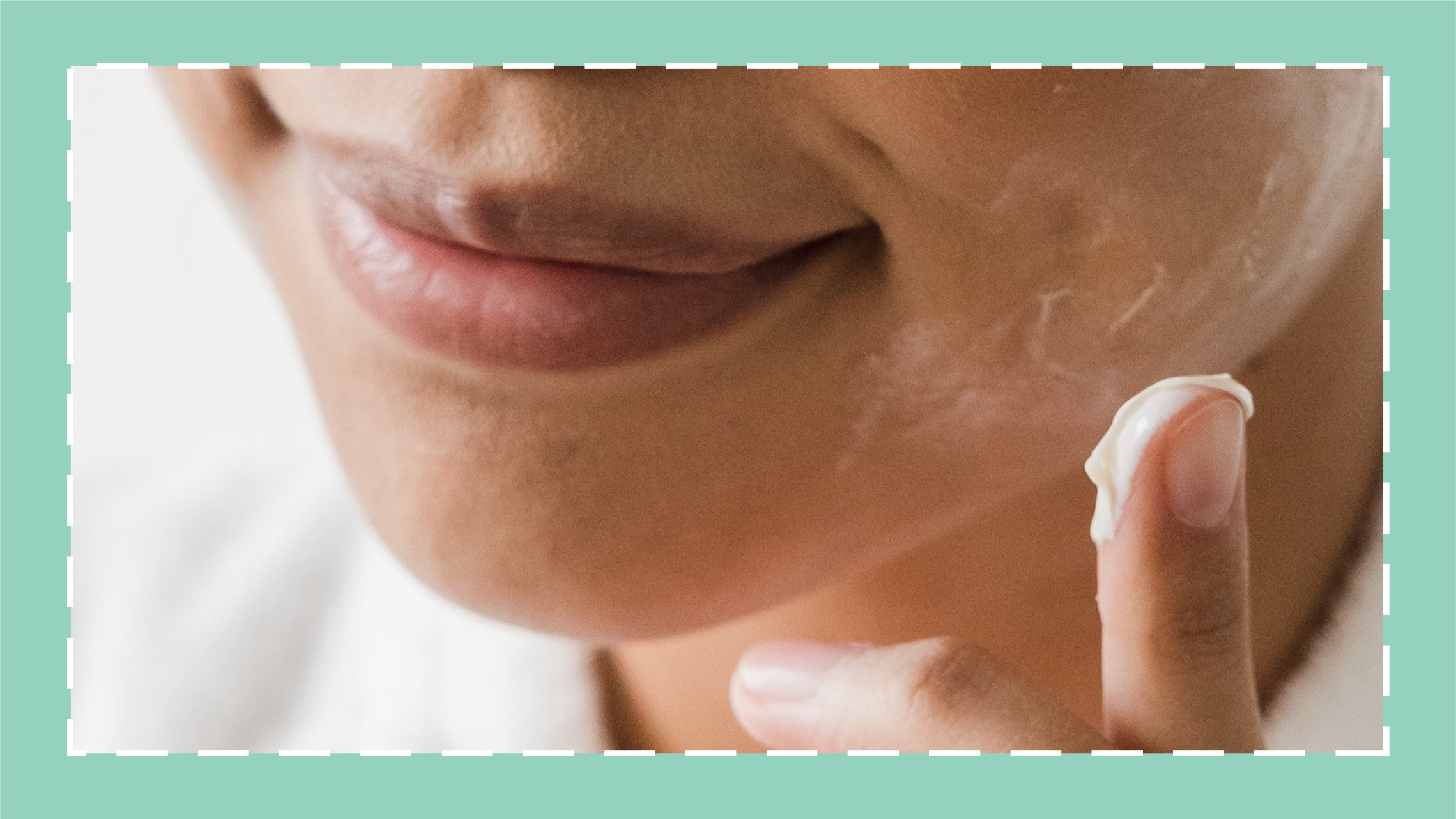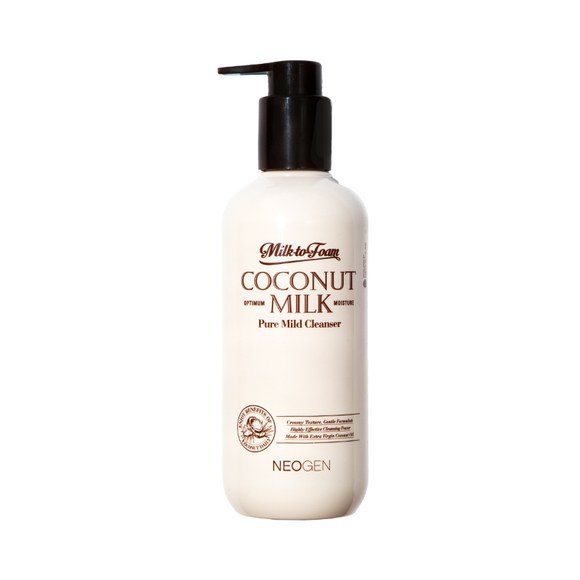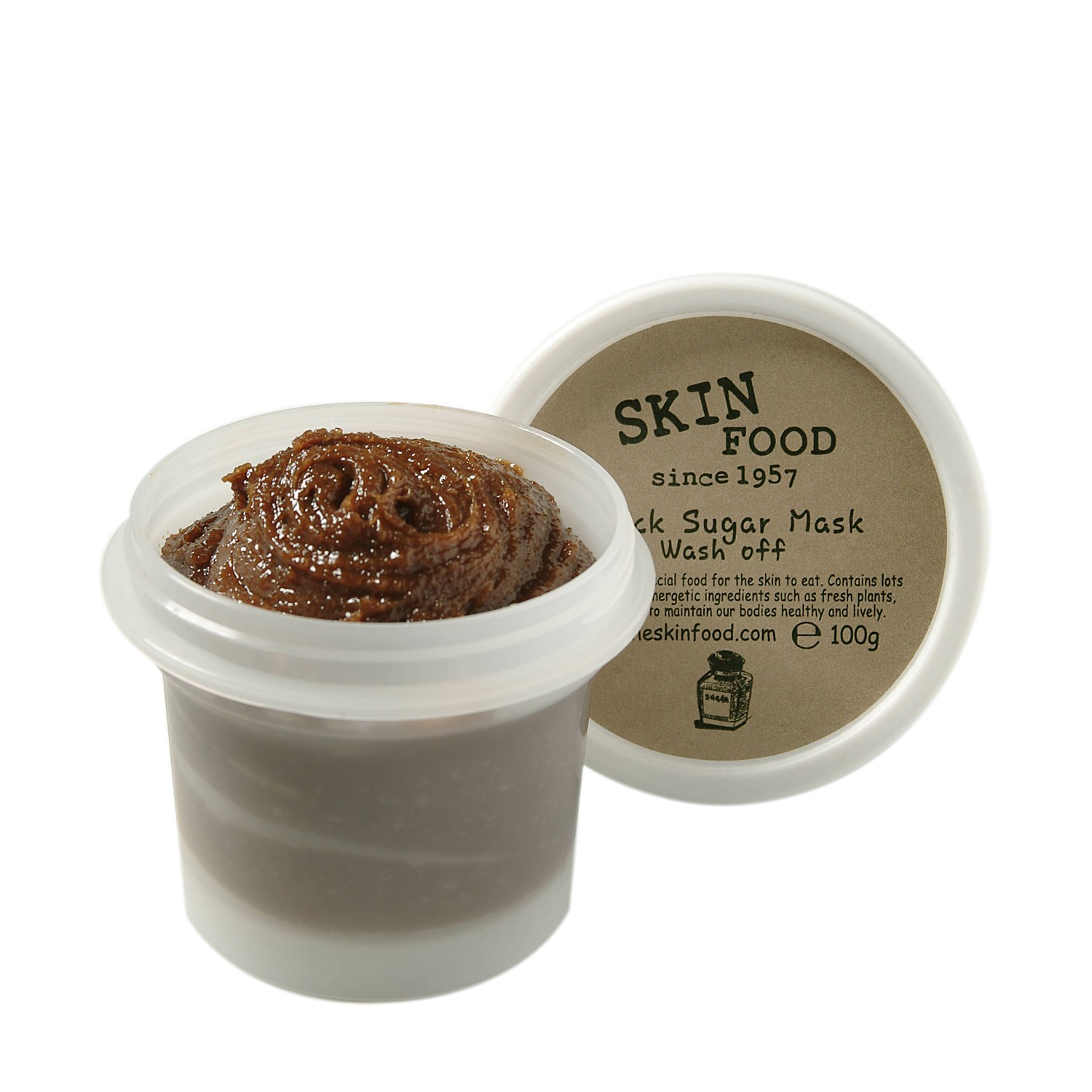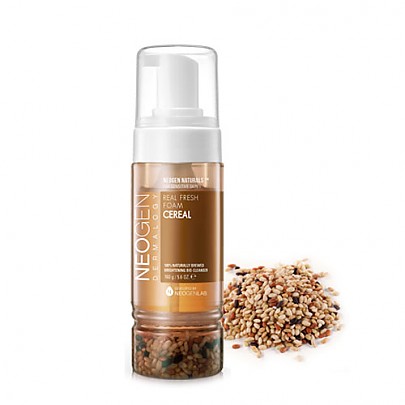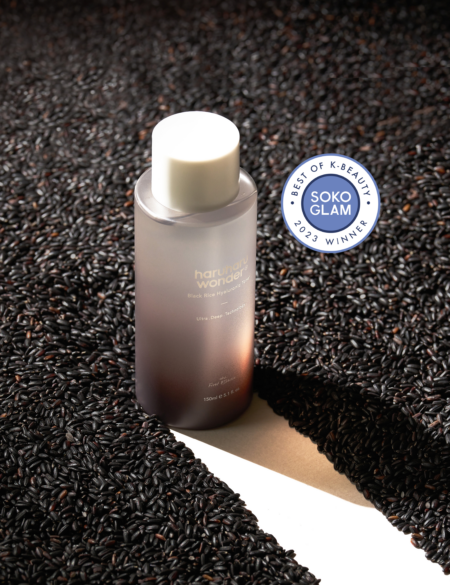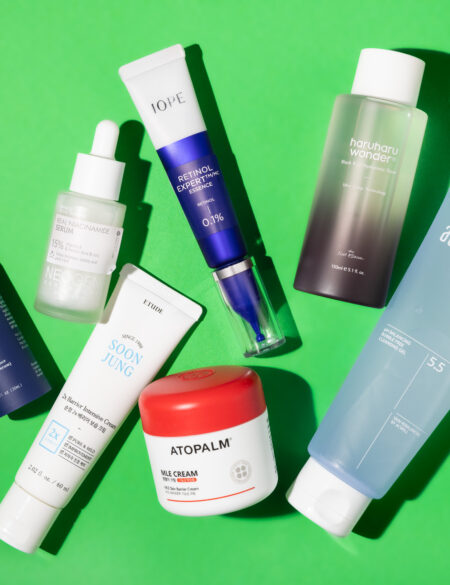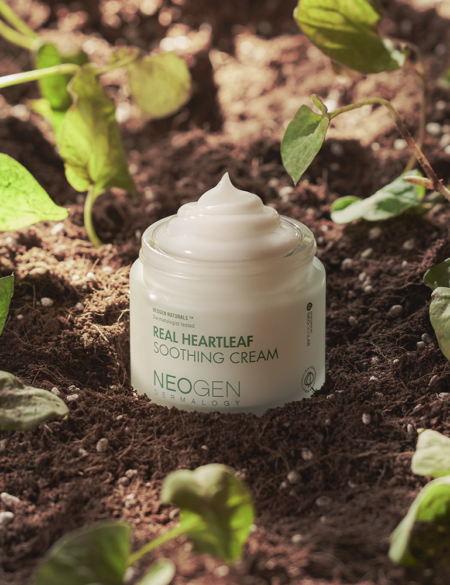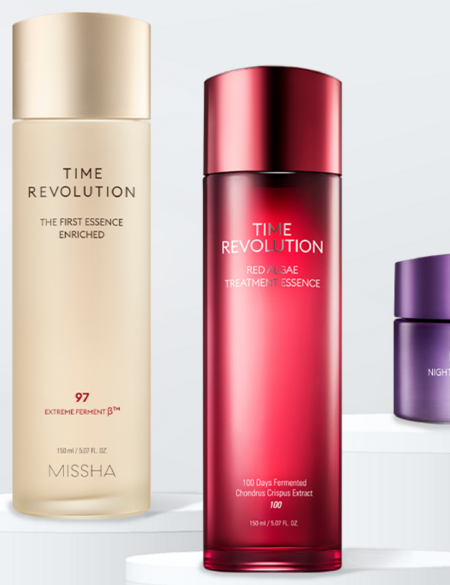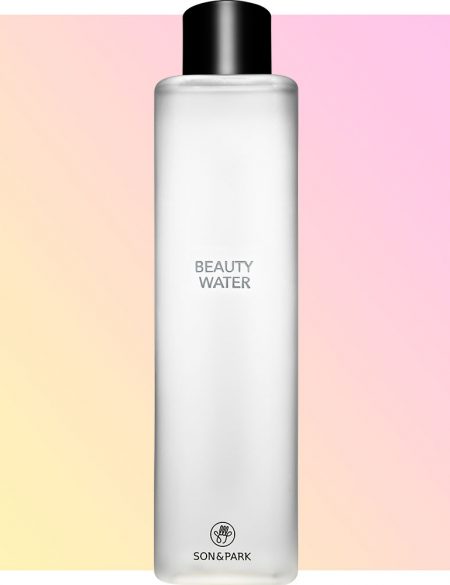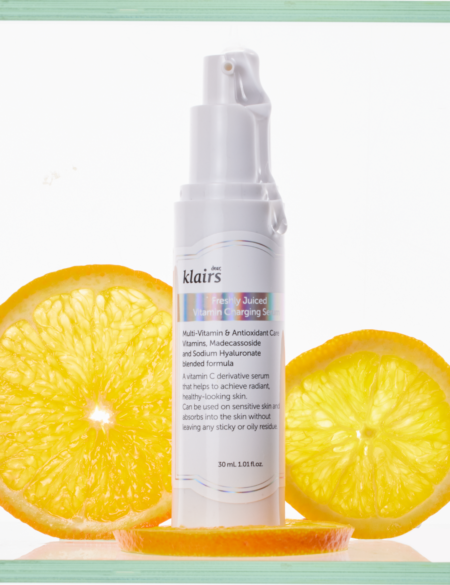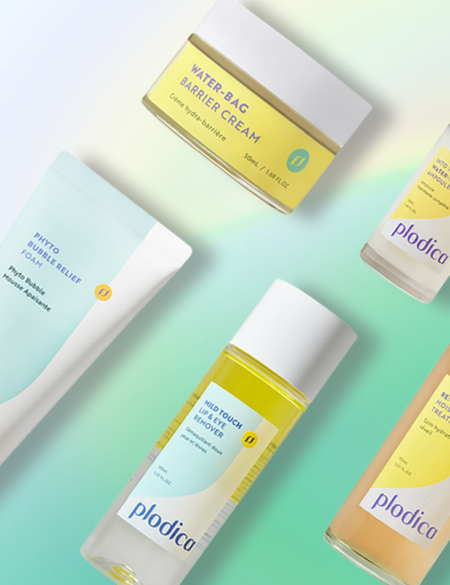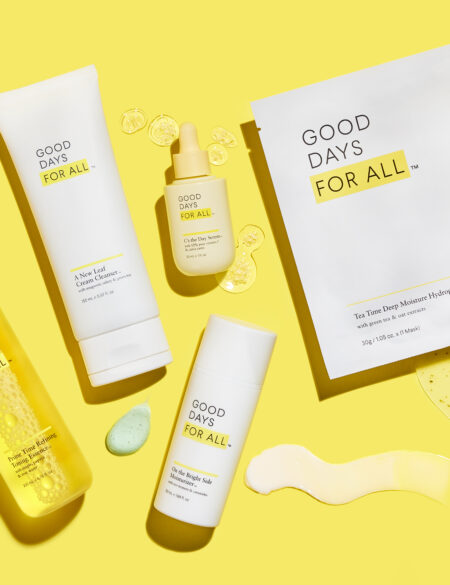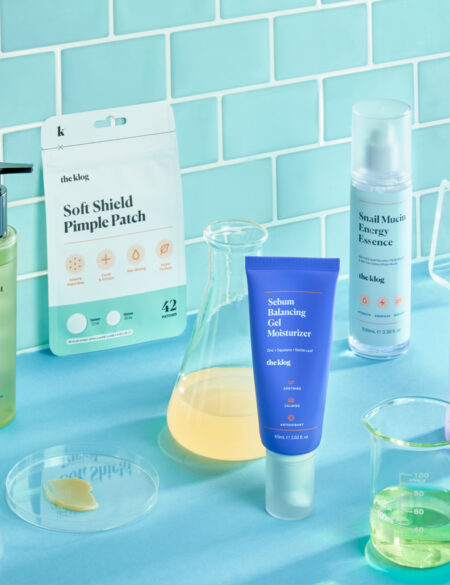Check this list before adding that new skin care product to cart.
Many “skin care nasties” come from exaggerated fear-mongering campaigns from organizations with dubious qualifications, like the Environmental Working Group. It can get pretty hard to differentiate fact from fiction. So, which ingredients should you actually stay away from? Here are five common skin care ingredients that can be harmful to the skin barrier, according to science.
Soap
What is it? Soaps are made by reacting fats or oils with a strong hydroxide base (lye or caustic potash).
Why should you avoid it? Soaps only work at a high alkaline pH, which disrupts your skin’s natural low pH acid mantle. The acid mantle is important as an antibacterial shield, so soaps can contribute to acne. Additionally, soaps have small molecular structures, which means they can penetrate your skin and cause irritation long after you think you’ve washed it off.
What you should use instead: Detergent-based cleansers. Common ingredients in detergent-based cleansers include sodium laureth sulfate, decyl glucoside, cocyl isethionate, and cocomidopropyl betaine. Note: not all foaming cleansers are soaps! If you see the word “hydroxide” near the top of an ingredients list along with fats or oils, there’s a good chance that it’s soap-based.
A safe option is the Neogen Real Fresh Foam Cleanser in Cereal. This isn’t your regular cleanser. When you look at the ingredient lists of the Neogen Real Fresh Foam Cleansers, the first ingredients are mostly fermented extracts from actual plants, fruits, or whole grains, meaning that these cleansers are infused with natural ingredients that won’t dry out your skin.
Sodium Lauryl Sulfate (SLS)
What is it? A detergent commonly found in cleansers, shampoos and toothpastes, that gives them their cleaning properties.
Why should you avoid it? Sodium lauryl sulfate is a straight chained anionic surfactant. This means that it’s very good—basically too good—at removing oil from your skin, leading to stripped, irritated, and overly dry skin. It’s also good at getting into your skin and sticking to the proteins inside it, causing even more irritation and dehydration. Some people have even found that they break out around the chin area and get canker sores from SLS-containing toothpaste.
What you should use instead: If SLS is low on the ingredients list it may not be an issue, but if your skin is feeling dry or dehydrated it may be time to switch to an SLS-free cleanser.
Methylisothiazolinone (MI)
What is it? A preservative usually found in wipes, bubble baths, shampoos, body washes, and other foaming products, but can also show up in moisturizers, hand creams, and deodorants.
Why should you avoid it? MI earned the dubious honor of “Allergen of the Year” from the American Contact Dermatitis Society in 2013. As fear of more benign preservatives like parabens has increased, more companies have been using less effective, more allergenic preservatives like MI. If you’re allergic to it, MI can cause redness, rashes, itching, and burning.
What you should use instead: Steer clear of MI in leave-on products. If you’re allergic or have sensitive skin, it’s a good idea to avoid it in rinse-off products too.
Walnut Shell
What is it? Ground up walnut shells are gritty particles that you’ll find in scrubs, especially those that are branded “apricot scrubs.”
Why should you avoid them? Walnut shell particles are hard and scratchy, and many people use scrubs too frequently and press too hard. This sort of usage, combined with scratchy particles, means skin irritation and inflammation, which exacerbates any acne issues you might have.
What to use instead: Gentler exfoliants will clear dead cells without as much damage. Konjac sponges, peeling gels, and scrubs containing sugar or jojoba beads are fantastic for physical exfoliation. One of the best sugar scrubs is the Skinfood Black Sugar Mask Wash Off. As you can probably tell from the name, the main ingredient in this exfoliator is sugar, so it really digs deep to clean pores without being too harsh on your skin. If you prefer chemical exfoliation, look for products containing salicylic acid, betaine salicylate, lactic, or glycolic acid.
Coconut Oil
What is it? Coconut oil is one of the more popular skin care ingredients used by itself for oil cleansing and moisturizing. It’s also found as an ingredient in products like lotions.
Why should you avoid it? Coconut oil is comedogenic for a lot of people, which means there’s a good chance it’ll break you out too.
What you should use instead: There are lots of oils around that are less comedogenic. Sunflower, olive, jojoba, and mineral oils are all less risky. If you do decide to give coconut oil a try, make sure you patch test first. And if you find that coconut oil doesn’t pose a threat to your skin, give the Neogen Coconut Milk Pure Mild Cleanser a try. It starts off as a milk and then works into a foam when lukewarm water touches it, and is infused with both coconut oil and extract for supreme hydration.


